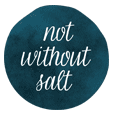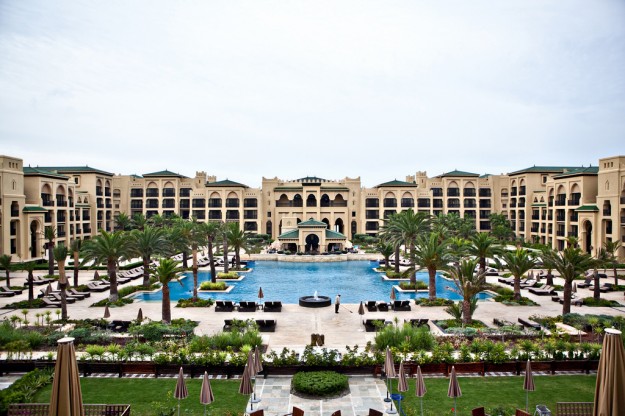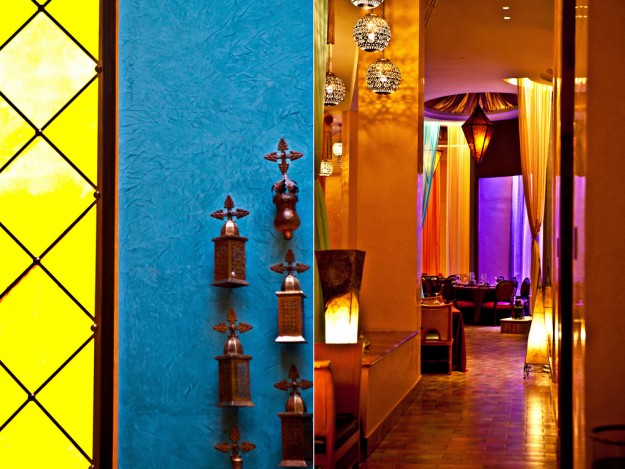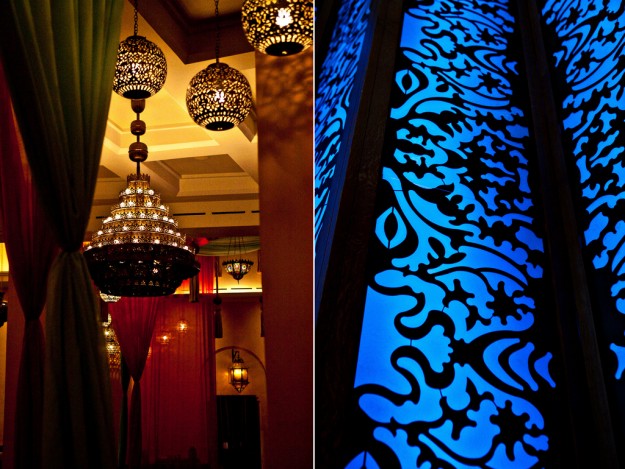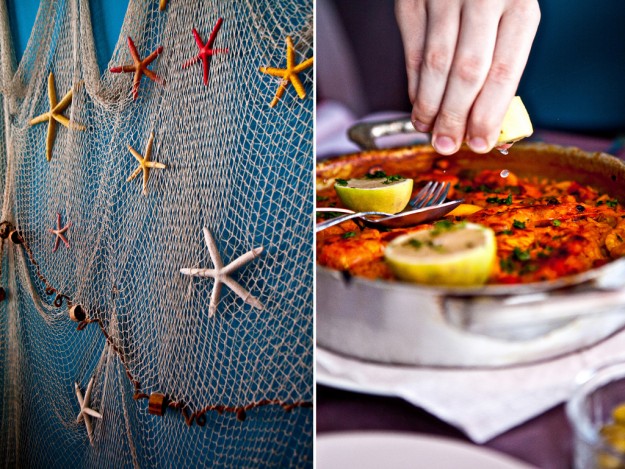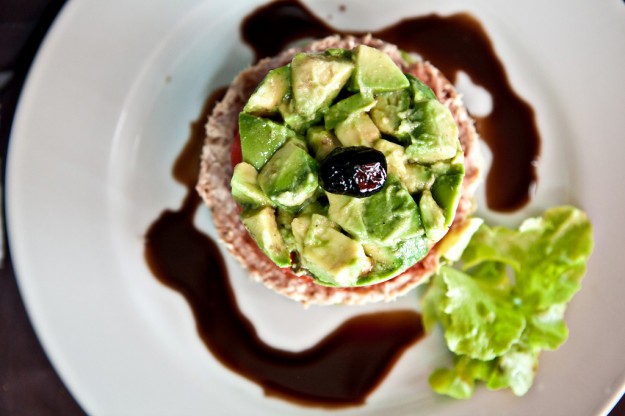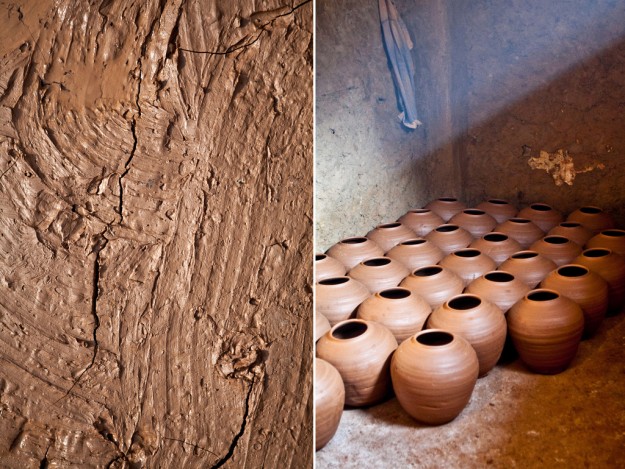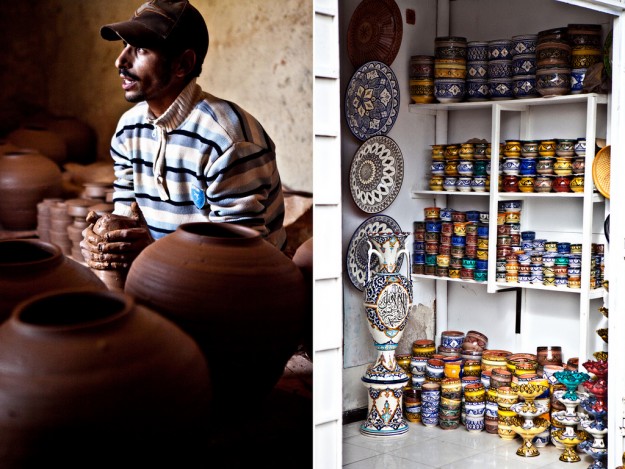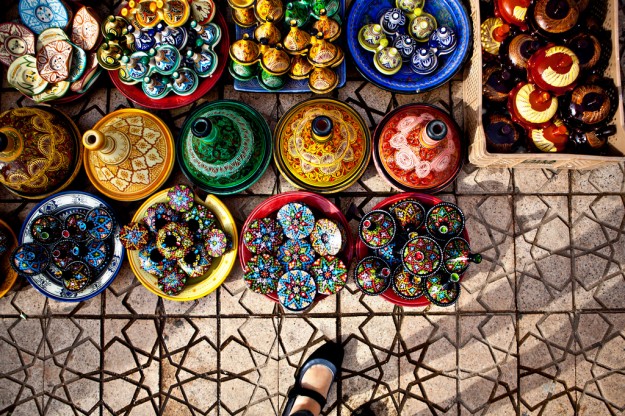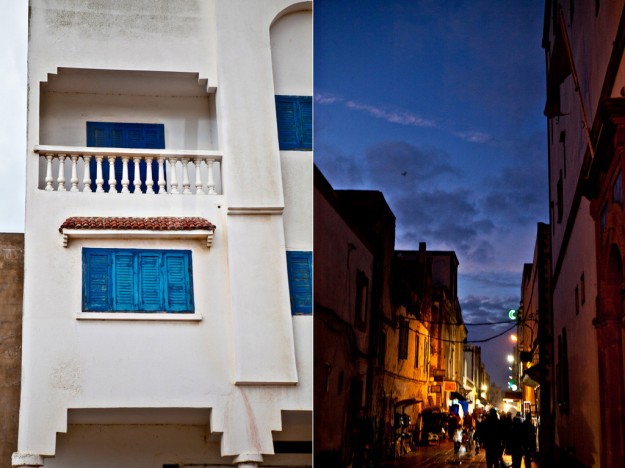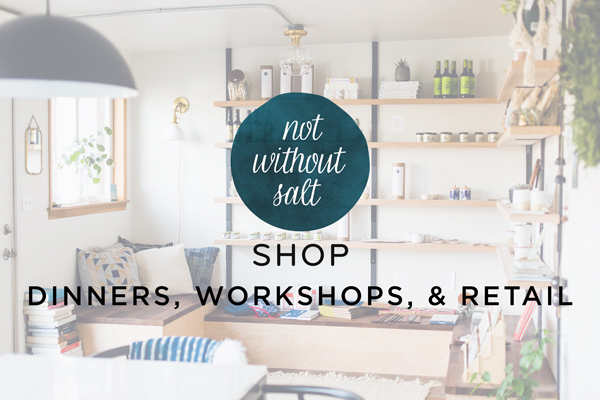Argan Oil
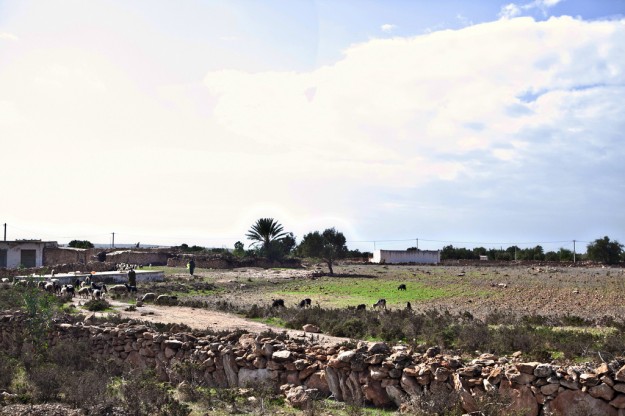
A herd of goats eager to climb the branches of the argan tree
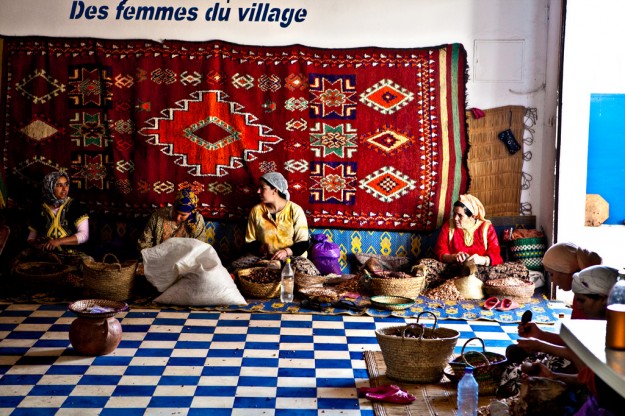
The room opens to reveal a half dozen women sitting around its edges using colorful carpets and blankets to soften the blue and white check floor on which they sit. Their ragged hands move in a way that informs that they have made these motions countless times. With each set of dark eyes closely examining us they immediately begin to chatter in Arabic in a way that even if you don’t speak the language you know they are prattling on about their latest visitors.
Using stones as their tools these women work relentlessly to crack open the hard seeds of the argan tree in order to produce a rich oil used for both cooking and cosmetics.
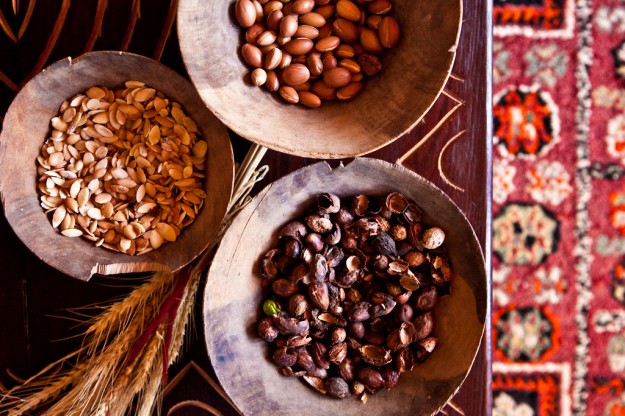

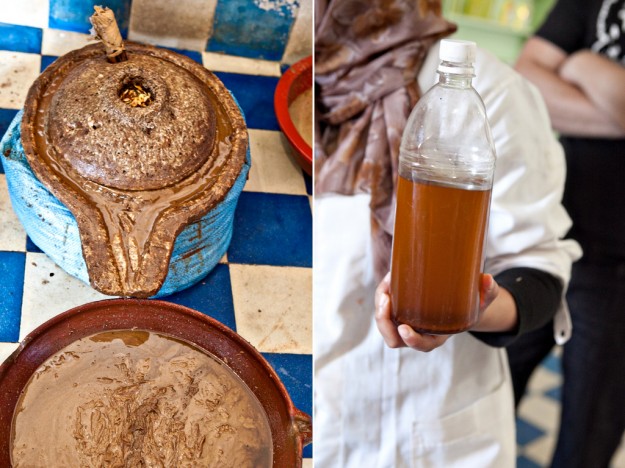
The argan tree is indigenous to the coast of Morocco between Essouira and Agadir. Recently the argan tree has been protected by both Slow Food and UNESCO as it’s livelihood has been threatened. The interwoven trunk and low lying branches make it possible for goats to climb up and settle in to enjoy the fruit. The seeds are left behind to be collected and gathered in the room in which I now stand admiring the work of the women in this cooperative.
The production of Argan oil is managed by the women of Morocco. Cooperatives line the roads along the coast and each is responsible for the production of this highly sought after oil. The money they make by the sale of the oil goes directly back into the cooperative and supports the surrounding community.
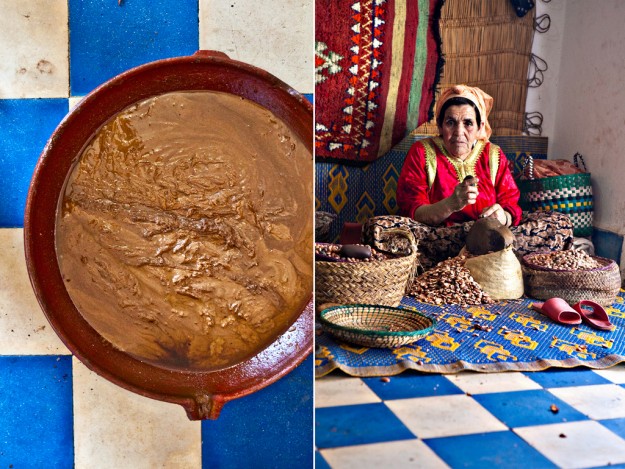
Argan oil that is intended for cooking has a robust nutty flavor due to the roasting of the argan nut that resembles sliced almonds. In this particular cooperative each step of the process is still done by hand including the grinding of the nuts that are crushed between two stones. In the kitchen the oil is used similar to that of a fine olive oil – as a dip for bread, to boost the flavor of couscous and as a salad dressing. Because of the expense, argan oil is used sparingly. It’s flavor is rich and intense so a little is all that is needed.

And then there is Amlou, a staple of Moroccan breakfasts. Made with toasted ground almonds, honey and argan oil, Amlou in similar to peanut butter if peanut butter was a perfectly sweet, deeply flavored, runny spread perfect for Moroccan fried bread. Nearly every morning it was the promise of Amlou that had me bouncing out of bed, eager for breakfast. My plate would be filled with bright citrus, stewed dried fruits like apricots or prunes and Amlou drizzled generously over it all. I could think of little else that makes a better start to a day.
